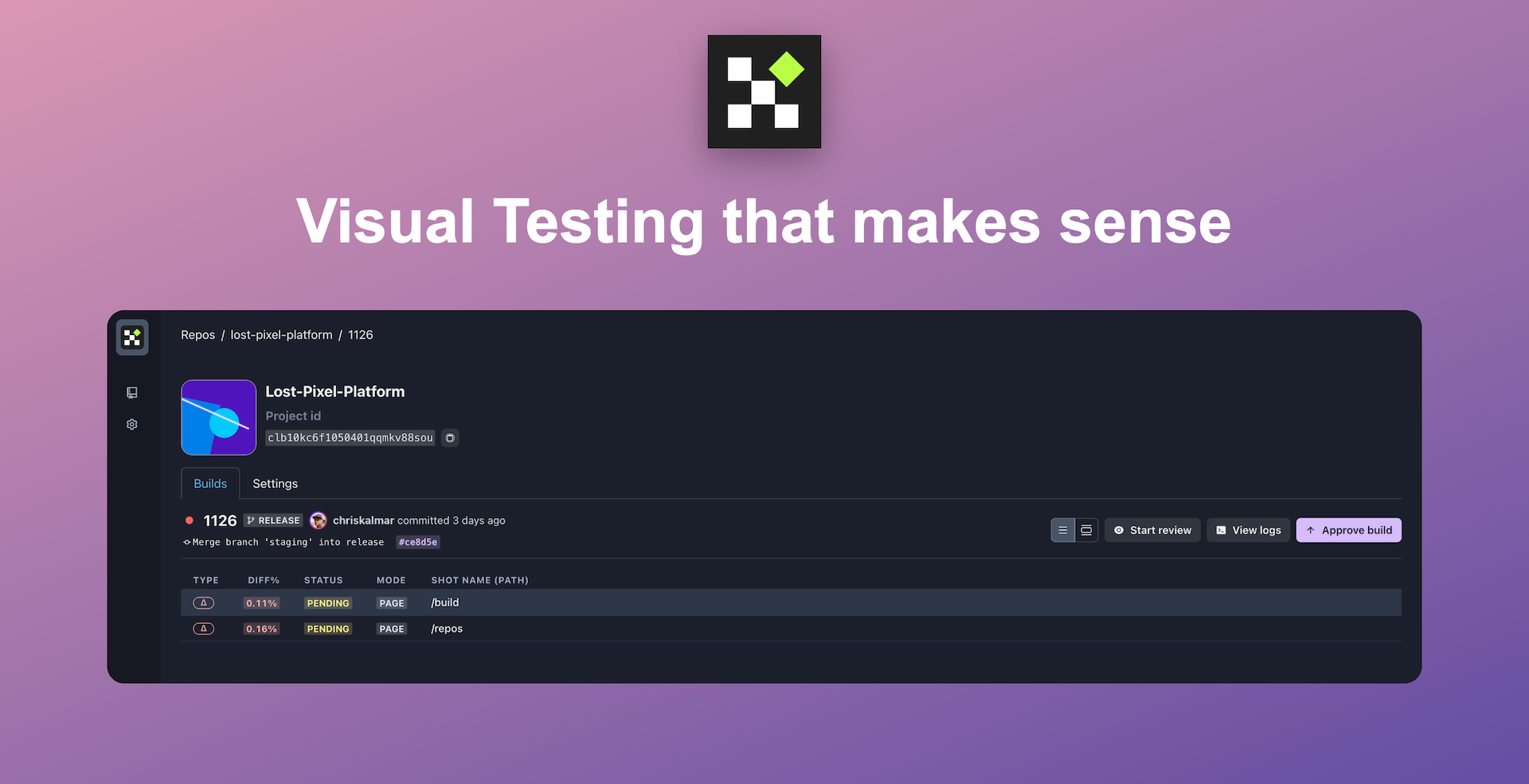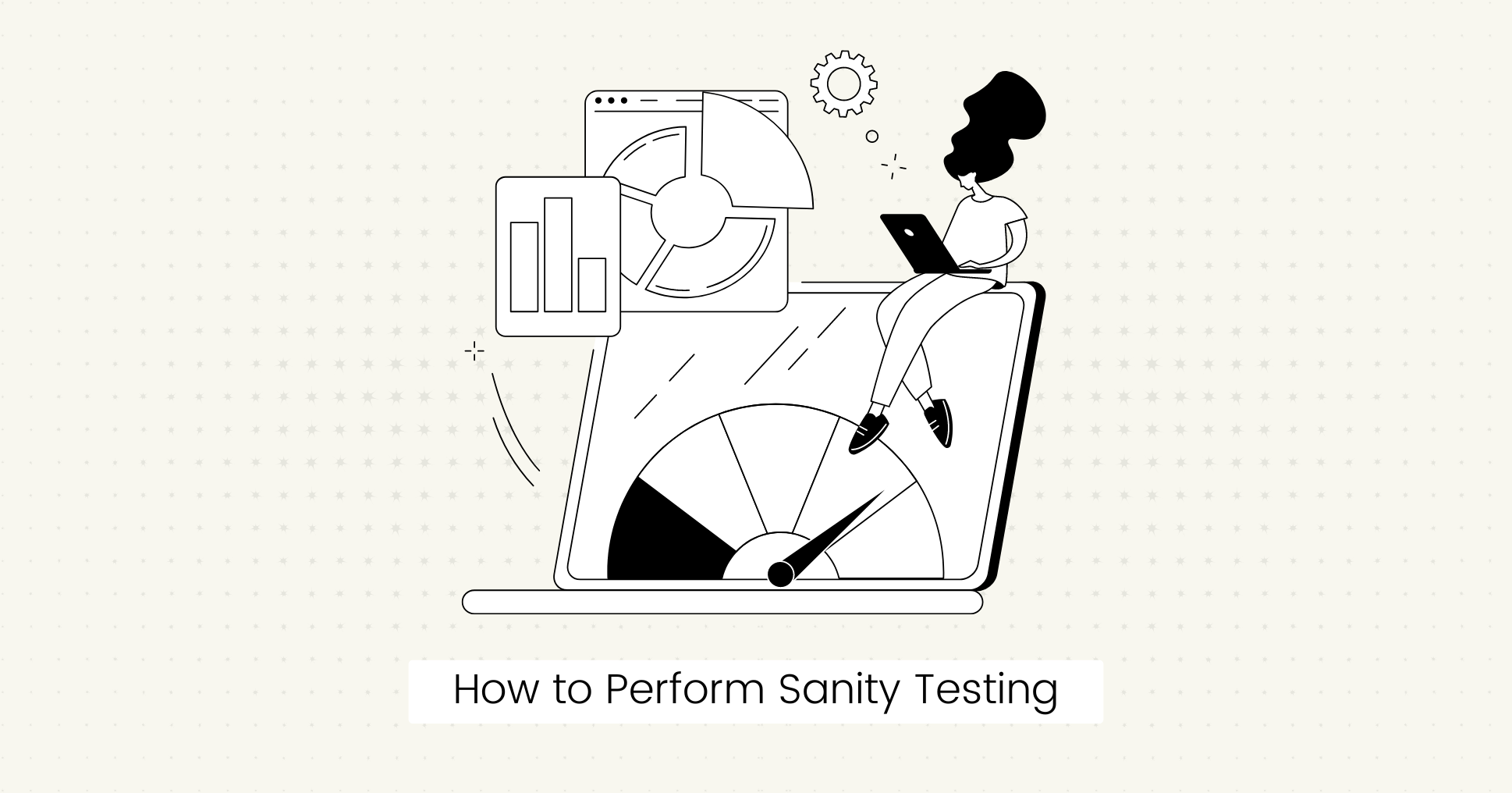How can you know that updates to your software do not cause any more issues?
Or you spend hours fixing a bug, only to realize it caused new problems in an unexpected place.
Developers and QA testers need to use the best approach to catch these issues fast without wasting time on unnecessary tests.
The two most important types of software testing are regression testing and sanity testing.
Both methods help to find and fix problems in different ways, with different focus and objectives.
This guide will help you understand how these two methods work and when to use each for reliable test results.
Let's get started.
What is Regression Testing?
Regression testing is like checking to ensure that changing one part of a software didn't cause problems elsewhere.
It confirms that fixing a bug or adding a new feature does not introduce new bugs into the system's previously working parts.
These are end-to-end tests that involve testing the entire application to check that new code changes do not cause the existing functionalities to fail.
However, end-to-end testing is not limited to regression tests.
Check out the main differences between regression and end-to-end testing.
Importance of Regression Testing
Regression testing is important to validate software reliability and ensure that it stays stable as it evolves.
Making changes to your software without running a regression test suite can be risky. Even a small modification in one part can damage other unrelated components, resulting in bigger problems later.

Set up visual regression tests in minutes with Lost Pixel Platform. Do not let your users find bugs first.
For example:
Imagine you fix a login issue in an e-commerce app but accidentally break the checkout process.
Regression testing prevents such scenarios by re-running tests to check that other software application parts still work as expected after every code change.
This type of software testing has many benefits:
- Quality Assurance: It helps maintain the quality of software products if performed regularly.
- Risk Mitigation: It reduces the risk of old issues reappearing or new bugs being introduced after software updates.
- Early Detection of Issues: It helps to find and resolve issues during the early stages of software development before they reach production.
- Time and Cost Saving: Fixing bugs early in the development process is less expensive than dealing with them after the product is released. This also leads to faster development and release cycles.
- Improved User Experience: Regression testing helps catch issues before they reach the end-users. This way, you can deliver a smooth experience that your users will love.
Key Features of Regression Testing
Regression testing has many features that make it indispensable for software testing and quality assurance.
- Complete Test Coverage: Regression testing not only checks the new features but also verifies that stable features still work as expected. This provides comprehensive coverage from unit to system level.
- Reusable Test Cases: Regression test cases can be rerun every time there is a change in the software. You don't need to write new test cases every time, just update the already written scripts. This makes regression testing more scalable and easier to maintain.
- **Automated Regression Testing:** Regression test suites can be automated to increase the testing frequency and execution rate, depending on how much needs to be tested and how fast. This helps catch errors faster and more consistently than manual testing.
- Specification-Based Testing: Automated regression tests can be used to validate that the software continues to meet its specifications after every new update.
How to Perform Regression Testing?

Here are the steps you can follow to perform regression testing effectively:
- Identify Test Cases: Choose appropriate test cases based on which parts of the application need testing.
- Prioritize Test Cases: Not all test cases should be automated. Prioritize automation test cases that cover critical functionality or need frequent execution.
- Automate Tests: Run the existing tests using an automation testing tool for increased coverage and accurate results.
- Analyze Results: Analyze test results to verify software functionality. If the test fails, it means the recent change broke something and needs to be fixed before going live.
When is Regression Testing Done?
You can run regression tests in the following scenarios:
- After making code changes.
- After fixing a bug or adding new features.
- After making performance improvements.
- When updating third-party libraries.
- When there is an environmental change.
- During regular maintenance.
- Before major releases.
Limitations of Regression Testing
Despite its numerous advantages, regression testing also presents some challenges.
- Time-Consuming: Running a full regression suite can take a long, especially if performed manually.
- Resource-Intensive: Maintaining and updating test cases regularly can be difficult, especially when new features are added.
- Edge Cases: Regression testing focuses on existing features but can miss issues in less obvious parts of the system.
- False Positives: It can sometimes overlook actual regressions and report a bug when there isn't one.
Tools for Regression Testing
Here are some popular tools you can use for this type of testing:
- Lost Pixel (visual regression testing).
- Selenium
- Appium
- Ranorex
- Playwright visual regression
- Cypress visual regression
What is Sanity testing?
Sanity testing is done to quickly verify specific functionalities of the software after changes.
It is like doing a quick health check on your software.
Instead of testing the entire system, you only check the critical parts that might have been affected by changes.
The surface-level testing confirms that the new changes didn't break anything major, and the software is ready for further testing.
Importance of Sanity Testing
Sanity testing is important because it prevents wasting time and effort on testing a software build that is already broken from the start.
Sanity testing ensures the software is stable enough for further testing like functional testing or regression testing.
For example:
Imagine you add a new feature to allow users to reset their password.
Sanity testing checks that the reset process works and doesn't break login functionality.
If the sanity test fails, you will not proceed to more complex tests before fixing the problem.
This testing type has many benefits:
- Early Detection of Critical Bugs: It helps catch high-priority issues early, reducing the risk of introducing critical failures after deployment.
- Time-Saving: Sanity testing is quick and focused, allowing targeted testing of specific features affected by changes. This prevents wasting time on the next level of testing if an issue is caught.
- Fast Issue Resolution: It allows developers to get quick feedback on whether changes produce instability in the system. This helps to resolve issues and facilitate faster releases proactively.
- Improved QA: If major issues are detected early, the build is rejected. This helps eliminate extra work, saving time and resources to optimize the entire QA process.
Key Features of Sanity Testing
The following key features characterize sanity testing:
- Focused Testing: It targets only specific parts of the software that were recently changed or updated to verify their functionality without testing other unrelated areas.
- Quick Responses: Sanity testing is performed when time is limited, and you need to get fast feedback on whether the changes made need additional testing.
- Manual and Automated: Sanity testing is often done manually due to its narrow focus, but it can be automated to save time on repetitive tasks in larger projects.
- No Documentation: Unlike regression testing, sanity checks do not require a detailed test plan. These tests are often unscripted and faster than regression tests.

Set up visual regression tests in minutes with Lost Pixel Platform. Do not let your users find bugs first.
How to Perform Sanity Testing?

Here are the steps you can follow to implement the sanity testing process effectively:
- Identify the Scope: Identify the new features, modules, and components impacted by the change.
- Evaluation: Review the newly implemented features to determine if they are behaving as expected.
- Test Execution: Run the tests on the affected areas to confirm that they are functioning properly.
- Validation: If the tests fail, fix the issue before moving on to the next task.
When is Sanity Testing Done?
Sanity testing is performed under the following scenarios:
- After making minor changes to the code.
- After a bug is fixed.
- When a small feature is added or updated.
- When a configuration change is made to the system.
- Before regression testing.
- Before product deployment.
Limitations of Sanity Testing
Like other testing methods, sanity testing also has its limitations.
- Limited Coverage: It focuses only on core functionalities and does not guarantee that the rest of the system is functioning correctly.
- Not Suitable for Complex Issues: Sanity testing is done on the surface level, making it difficult to catch complex or design-related problems.
- False Positives: It might result in false positives, leading to bugs going undetected.
Tools for Sanity Testing
Here are some popular tools that perform sanity tests:
- Selenium
- TestNG
- Jenkins
- SoapUI

Set up visual regression tests in minutes with Lost Pixel Platform. Do not let your users find bugs first.
Final Words
Sanity and regression testing are important in the software development life cycle.
Both have their own purpose and benefits in improving software quality.
Sanity testing is performed first to check specific functionalities, followed by regression testing that guarantees the stability of the entire application.
This guide will help you learn how these two testing methods differ from each other and when to use them for more accurate results.
FAQs
What is the difference between sanity testing and UAT?
UAT (User Acceptance Testing) checks that the software meets user requirements, while sanity testing ensures that recent changes do not break the main functionality.
What is the difference between smoke testing and sanity testing?
Smoke testing is a preliminary test to check the software's basic functionality, while sanity testing is more focused on verifying specific functionalities after changes.

About Dima Ivashchuk
Hey, I'm - Dima the co-founder of Lost Pixel. I like modern frontends, building stuff on the internet, and educating others. I am committed to building the best open-source visual regression testing platform!
